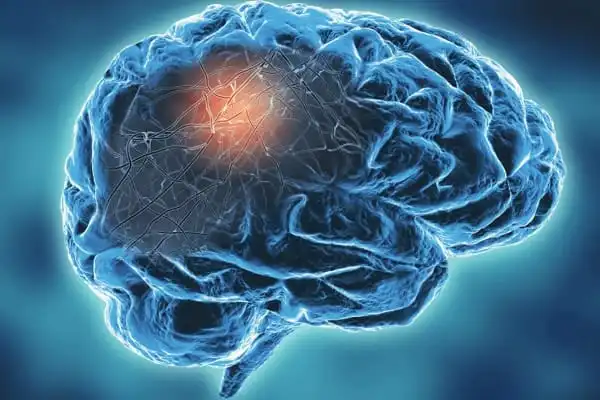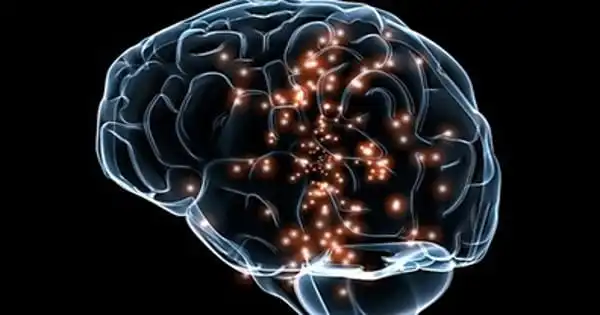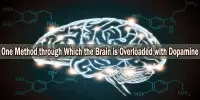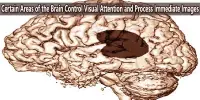Traumatic brain injuries (TBI), such as concussions, are widespread, and not just in sports. TBIs are responsible for an estimated 4.8 million emergency department visits every year, with slips and falls accounting for nearly 40% of all concussions. However, until today, there has been no objective technique of examining patients suspected of having experienced these unseen injuries.
Elevated blood levels of a certain protein may help scientists determine who is more likely to recover from a traumatic brain injury. The most significant barrier to healing is that these injuries are frequently undetected or misdiagnosed. Previously, concussions and TBIs were assessed using methods such as a CT scan, patient questionnaire, or a neurological exam, which are not always empirical on their own. For a disorder that affects millions of people each year and poses short-term, long-term, and even fatal risks, objective testing in conjunction with these methods is critical.
The protein, known as neurofilament light or NfL for short, provides structural support to axons, which are the tendrils that carry messages between brain cells. Researchers report in Science Translational Medicine, that NfL levels peak at 10 times the normal level 20 days after injury and remain above normal a year later. The study of 197 persons treated at eight trauma centers across Europe for moderate to severe TBI found that the greater the peak NfL blood concentrations after injury, the more difficult the recovery for people with TBI six and 12 months later.
The study demonstrates that a new ultrasensitive blood test can be used to accurately diagnose traumatic brain injury. This blood test can indicate fairly accurately who will recover well and who will have greater difficulties.
Neil Graham
Brain scans of 146 participants revealed that their peak NfL concentrations predicted the extent of brain shrinkage after six months, and axon damage at six and 12 months after injury, neurologist Neil Graham of Imperial College London and his colleagues found.
These researchers also had a one-of-a-kind opportunity to ensure that the blood biomarker, which provides indirect hints about brain injury, accurately detected what was going on in the brain. The fluid around damaged neurons was taken in 18 of the subjects who required brain surgery. The concentrations of NfL there correlated with the concentrations of NfL in the blood.
“The study demonstrates that a new ultrasensitive blood test can be used to accurately diagnose traumatic brain injury,” Graham explains. “This blood test can indicate fairly accurately who will recover well and who will have greater difficulties.”

Because the study participants were largely males and men, more research is needed to evaluate whether these findings apply to women, children, and people with moderate TBI. Finding a reliable biomarker for the severity and prognosis of TBI, a brain injury that impairs brain function, could improve the lives of millions of people. Although research on American football players has drawn attention to the injury, it is a far more prevalent issue. In 2016, over 55 million people worldwide were living with a TBI, and there is no one-size-fits-all treatment.
Traumatic brain injury (TBI) is a major source of morbidity and mortality around the world. The severity of injury, which is reliant on the primary and secondary brain injury processes, determines clinical outcomes in TBI. Secondary brain injury comes from physiological changes produced by oxidative stress and inflammatory reactions that occur after the main insult, whereas acute brain injury lesions are tied to the site of impact.
“No two traumatic brain injuries are comparable,” says David Okonkwo, head of the University of Pittsburgh’s Neurotrauma Clinical Trials Center. Scientists have been searching for biomarkers of TBI injury, such as NfL, in order to design injury-specific therapies, and Okonkwo believes that these new discoveries are promising for patients whose injuries have destroyed their axons.
“We didn’t have the instruments to measure a specific type of harm in an individual patient,” Okonkwo explains. While this test is unlikely to be used in U.S. clinics for several years, other significant research organizations are exploring for ways to use NfL and other blood-based biomarkers to diagnose TBI and create possibilities for intervention.
















